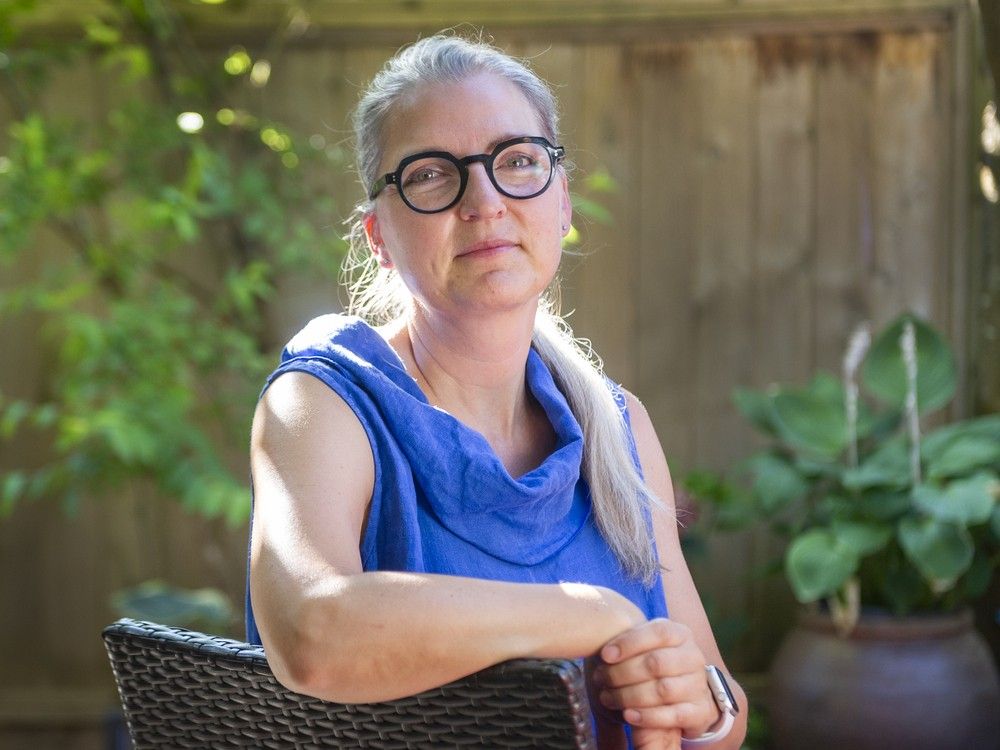
There was much back-patting this week as the NDP and Greens joined to release a report showing the province has attached 750,000 people to a primary care provider since 2018 and that 76 per cent of people signed up to the government’s Health Connect Registry now have a family physician or nurse practitioner.
But one family physician is worried the government isn’t effectively counting “attached” patients.
Dr. Rita McCracken, who is also a UBC assistant professor in the family practice department, says the process the province uses remains opaque and there is little recording of whether British Columbians are getting care quicker as a result.
“Attachment is one thing, access is another. So the doctor could have billed an attachment code for them, which makes them officially attached, but they need to wait six weeks to get in to book an appointment,” she said.
“Is that actually useful health care access for me? Probably not. This attachment metric looks great in reports, and we have all these big numbers associated with them. But if we don’t understand what’s behind those numbers and how that affects people’s experience and their ability to access health, we need to keep asking questions.”
She also said she is worried that the system isn’t set up to catch patients that may be listed as being attached several times, thereby inflating the number of British Columbians the government believes have received a primary care provider.
Neither Health Minister Josie Osborne or Green interim leader Jeremy Valeriote were available for an interview Friday but the Ministry of Health said the system is designed to root out duplication through reminders to patients to update their records.
It said that there were 161,741 patients included on several lists as of May and duplicated as a result. Additionally, there were 400,000 British Columbians still on the registry waiting for attachment to a primary care provider.
Thursday’s report was released as part of the NDP’s co-operation and responsible government accord with the Greens, under which the Greens agree to vote with the government on matters of confidence in exchange for action on priorities including primary care upgrades and a review of B.C.’s climate plan.
The Ministry of Health says it has allocated $672 million for its primary care strategy in this year’s budget and $579 million in last year’s. In recent years, it said, the government has funded 41 urgent and primary care centres and 14 community health centres.
Dr. Ruth Lavergne, an associate professor in Dalhousie University’s department of family medicine, says B.C. has historically lagged other provinces when it comes to spending in primary care but that actions like the new longitudinal payment model for family doctors has helped add doctors to the system. The model, introduced in 2023, pays based on time spent with patients and the complexity of their health problems as opposed to number of patients seen.
However, she also warned the new payment model may not help increase attachments in the way the government hopes.
“It’s possible that this change in payment model attracted more doctors to comprehensive family medicine … and that would be great for patient access and attachment,” said Lavergne.
“On the other hand, in the context of overwork and burnout, we have seen in other research examples that where there’s an increase in payment, a really reasonable response is to scale back practice a little bit, maybe work fewer days, maybe limit the hours that you’re seeing patients and spending more time on the follow up and other really needed care activities.”
In other words, she said, there may be more family doctors, but the amount of care provided by each may have decreased.
Brennan Day, the Conservative’s rural health critic, said the problem with the B.C. statistics on new doctors and number of patients attached is they rarely specify whether they are net new, meaning the numbers don’t take into account doctors that have retired or patients that previously had a primary care provider but no longer do.
He said urgent and primary care centres are also causing problems as fewer patients are seen at those facilities compared to the old model of walk-in doctor’s clinics.
“In a walk in clinic, it’s effectively a privately managed facility. It typically prioritized moving patients through as efficiently as possible. UPCCs are not designed like that. It’s a government-run entity. It is not prioritized on efficiency,” said Day.
“It’s prioritized on quality of care, which is absolutely fine, right? Spending 45 minutes with your doctor is something that we should all look forward to. When we have a doctor shortage, however, you’re moving doctors out of a system that can see a number of patients to one that can see one to two patients.”
Related
For more health news and content around diseases, conditions, wellness, healthy living, drugs, treatments and more, head to Healthing.ca – a member of the Postmedia Network.